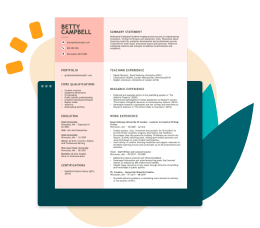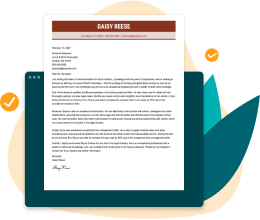Using a SWOT Analysis in Your Career Planning
A key tool in the strategic planning process can also be applied to career planning. This tool is a marketing analysis using the SWOT technique.A SWOT analysis focuses on the internal and external environments, examining strengths and weaknesses in the internal environment and opportunities and threats in the external environment.Imagine your SWOT analysis to be structured like the table below:
Career SWOT Analysis for Job-Seekers
| INTERNAL |
|
|
| EXTERNAL |
|
|
To construct your own SWOT analysis to set a course for your career planning, examine your current situation. What are your strengths and weaknesses? How can you capitalize on your strengths and overcome your weaknesses? What are the external opportunities and threats in your chosen career field?
INTERNAL | Strengths Internal positive aspects that are under control and upon which you may capitalize in planning:
| Weaknesses Internal negative aspects that are under your control and that you may plan to improve:
|
EXTERNAL | Opportunities Positive external conditions that you do not control but can plan to take advantage of:
| Threats Negative external conditions beyond your control, which you may be able to mitigate:
|
To further refine your list of Strengths, Weaknesses, Opportunities, and Threats, you may also want to ask yourself some critical questions adapted in part from an article by Dave Jensen, managing director of Search Masters International.Explore your own self-perception of your strengths, but also put yourself inside a prospective employer’s head as you consider your strong points. Avoid false modesty, but also be brutally honest and realistic with yourself. Start out by simply making a list of words that describe you; chances are many of these characteristics comprise your strengths.One of your greatest strengths can be loving the work you do.
Learning to “follow your bliss” should be a critical component of managing your career. Some people know from an early age what kind of work will make them happy. For others, nailing down the self-knowledge that leads to career fulfillment comes from a process of exploring interests, skills, personality, learning style, and values.
Take a look at some career assessment and exploration tools, such as those described in Career Assessment Tools and Tests. Take one or more of the tests and react to the results. Do the results match your general plans and expectations?In assessing your weaknesses, think about what prospective employers might consider to be the areas you could improve upon. Facing your frailties now can give you a huge head start in career planning.As humans, we find it relatively difficult to identify the areas where we are weak. But this assessment helps to identify areas where we may need to improve.
If you identify a skill that you know is in your chosen field, but you are weak in that skill area, you need to take steps to improve that skill. Past performance appraisals and even your grades and teacher comments from school provide valuable feedback.For a good collection of sites on the Internet that enable you to research the trends that will tell you more about external opportunities and threats in your chosen field, go to Career Exploration Resources. It’s also helpful to visit online databases (often available through library Web sites), such as ABI/INFORM, Business News Bank, and Lexis/Nexis and conduct a search of “hiring trends in ______” or “employment trends in ______,” filling in the blank with your career field.Don’t forget print resources, such as newspapers, periodicals, and trade publications.
Check out job postings on the Internet to get a feel for the relative number of openings in your field. If you are a college student, check out your school’s Career Services office for information on file on opportunities and threats in your field.From this analysis, you will have a road map that shows you how to capitalize on your strengths and minimize or eliminate your weaknesses. You should then use this map to take advantage of opportunities and avoid or lessen threats.After you’ve analyzed your strengths, weaknesses, threats, and opportunities, you should use that information to plan how to market yourself.






